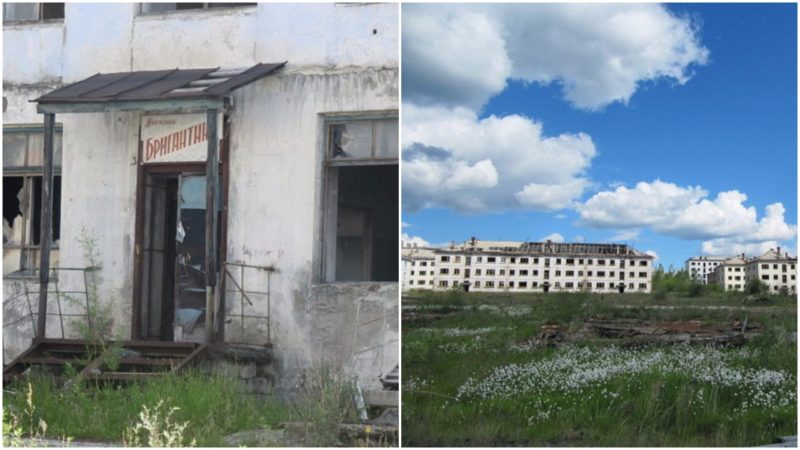Back in the 20th century, coal was of utmost importance. It was the world’s main energy source, and unlike today there were not many alternatives.
As a consequence of the discovery of Siberia’s vast coal deposits, mining towns and settlements were born across the region.
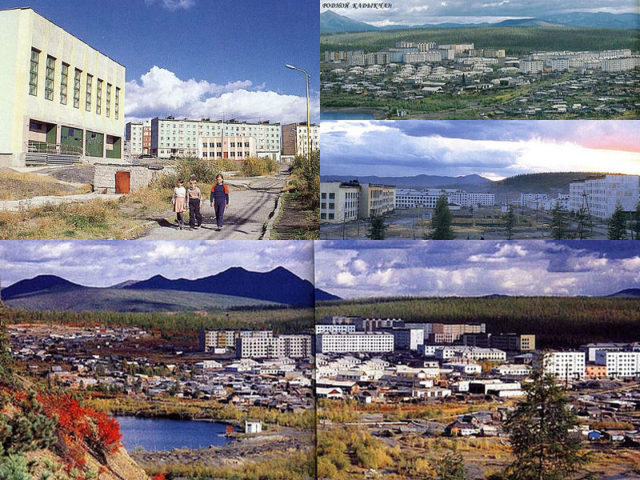
In the middle of World War II, in the remote frozen lands of Siberia (the Magadan region) gulag prisoners built a town by the name of Kadykchan.
It was home to about 11,000 residents, most of them miners with their families. Kadykchan is so remote that the closest city center is several days’ drive from the town.
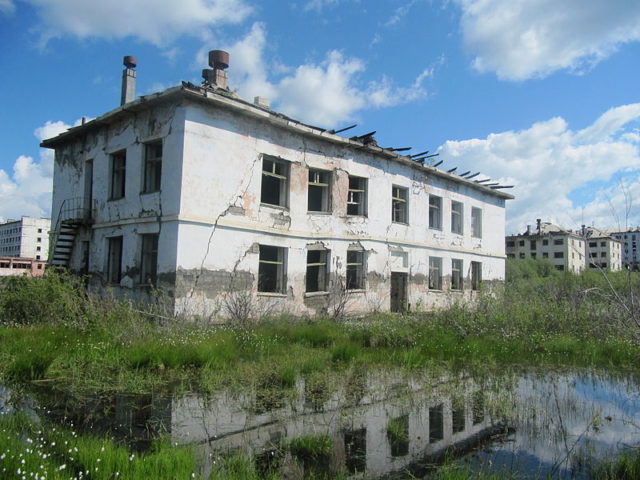
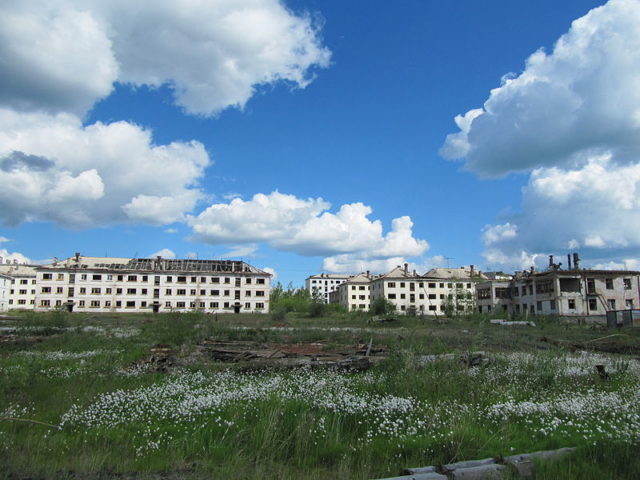
Kadykchan was built as a mining town: its purpose was to accommodate the miners that worked deep into the coal mines, some of which were as deep as 400m. The working conditions of this mine were extraordinarily difficult, with shifts of twelve hours every day for seven days a week and no holidays.
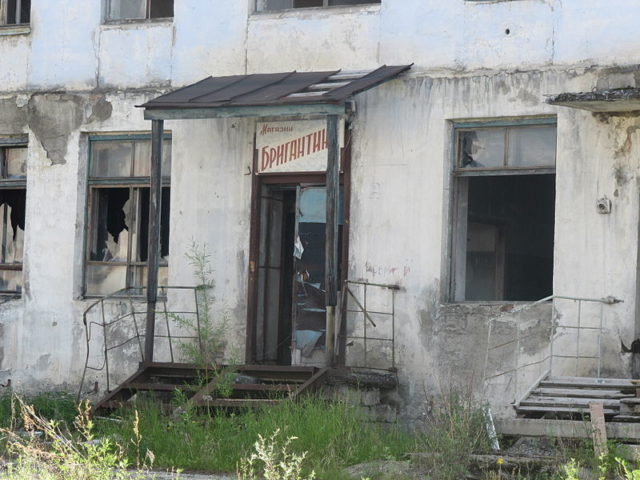
In addition to the hardships of the mine, the Siberian winter in this area lasts for 10 months. The residents had little to do in this town and had nothing but frozen land outside of it, and little changed until the dissolution of the Soviet Union.
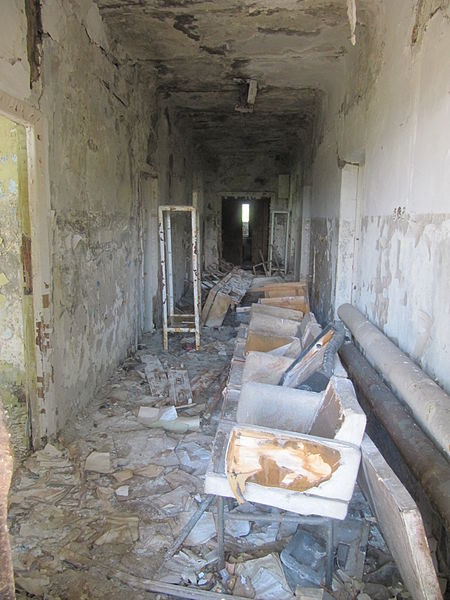
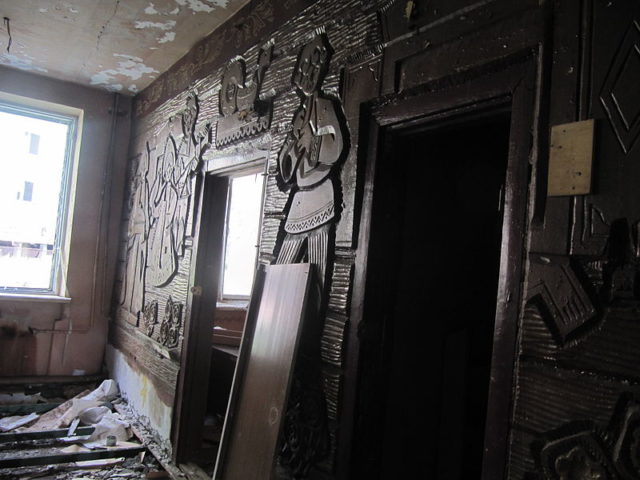
After the fall of the USSR, Kadykchan began to fade into history. The population dwindled gradually and now the town in completely abandoned. However, the dissolution of the Soviet Union was not the only reason for the abandonment of the coal mines.
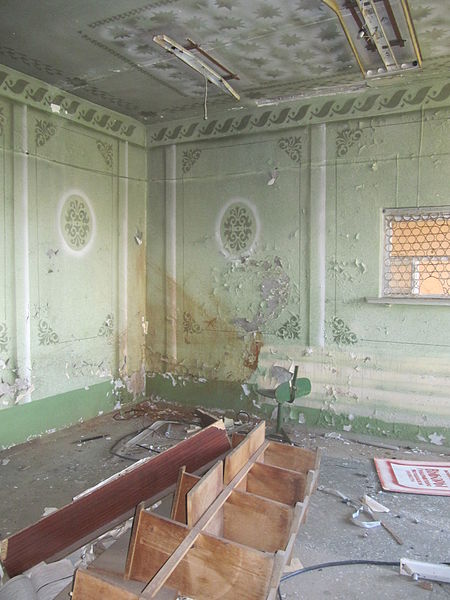
In 1996, a devastating explosion in one of the mine shafts killed six miners. This was the tipping point that prompted the government to provide subsidies to residents who wanted to move elsewhere. They were quick to leave and left many possessions behind. As of 2010, the town of Kadykchan has no official residents, although urban explorers have reported some residents still living there with no services whatsoever.
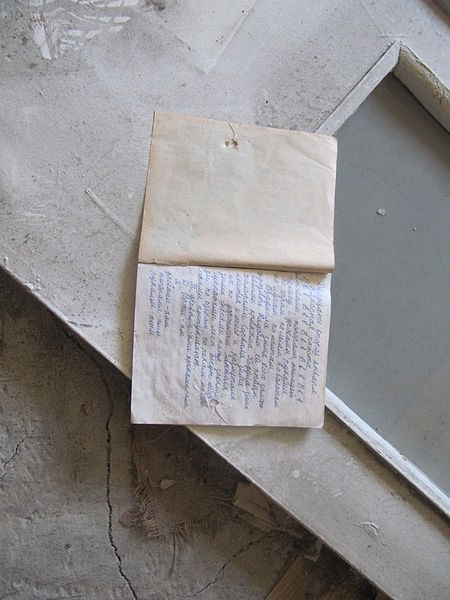
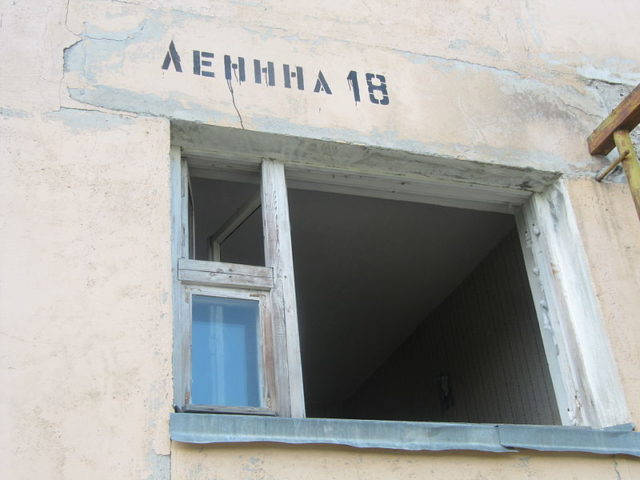
The Siberian winters are known for their unforgiving cold and this is the main reason why this town is so well preserved. The only way into this once thriving community is via the abandoned Kolyma Highway, which the locals know as the Road of Bones.
